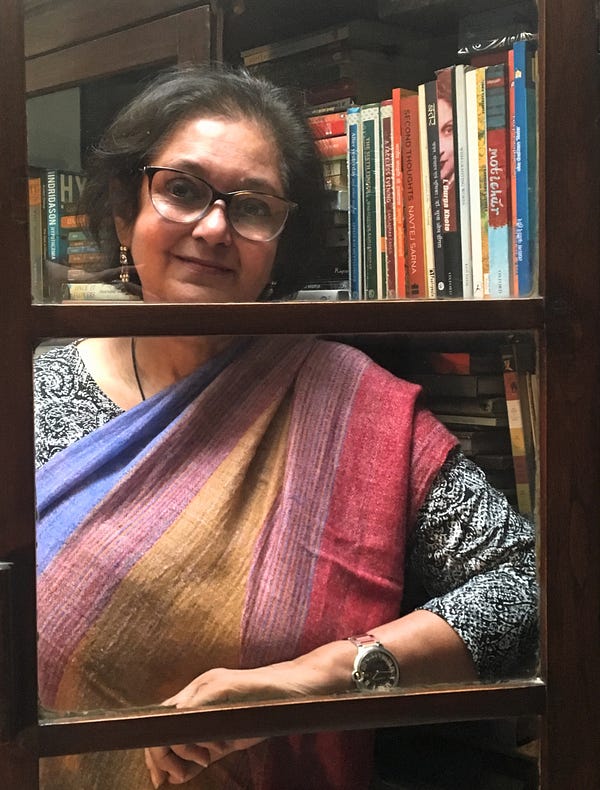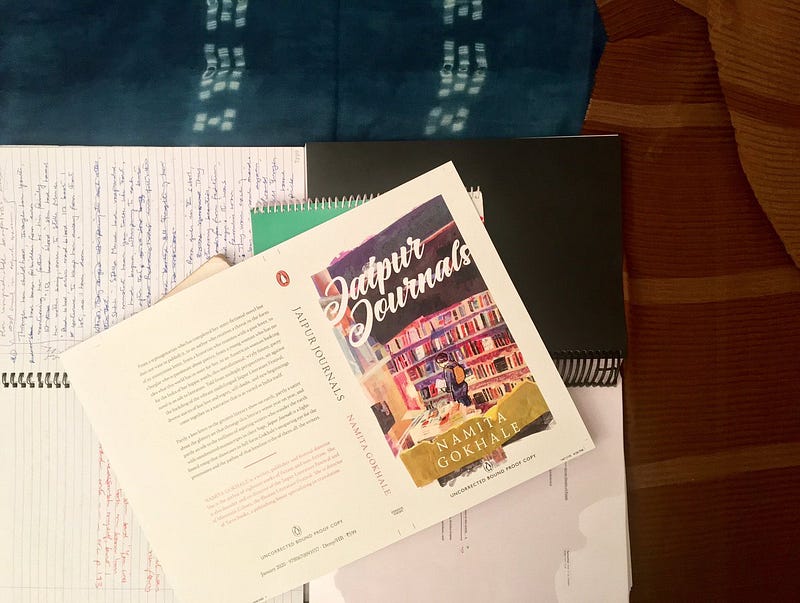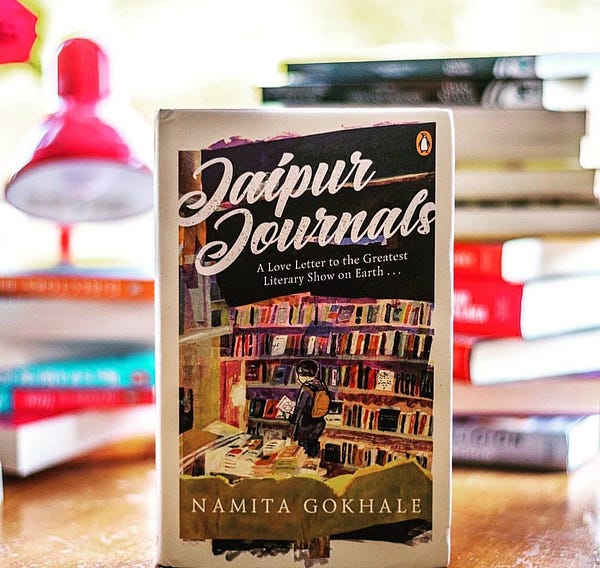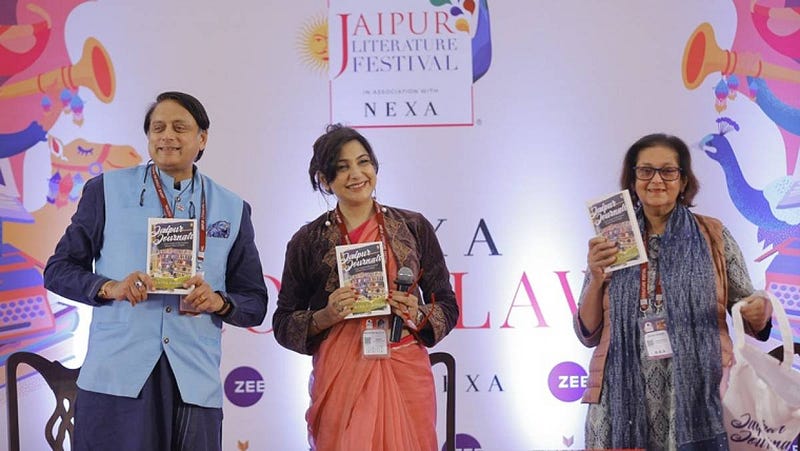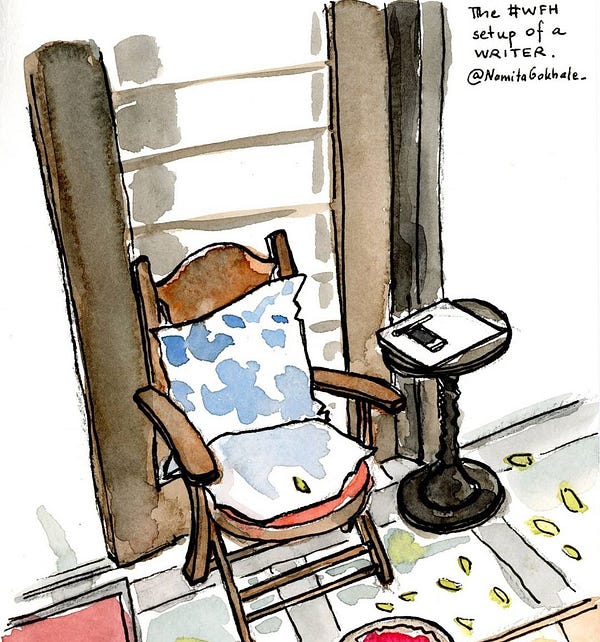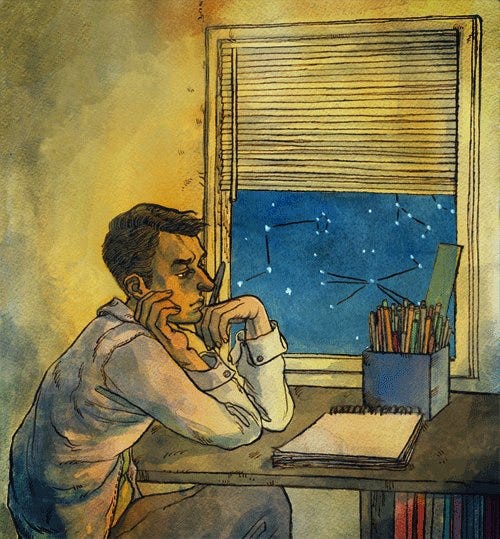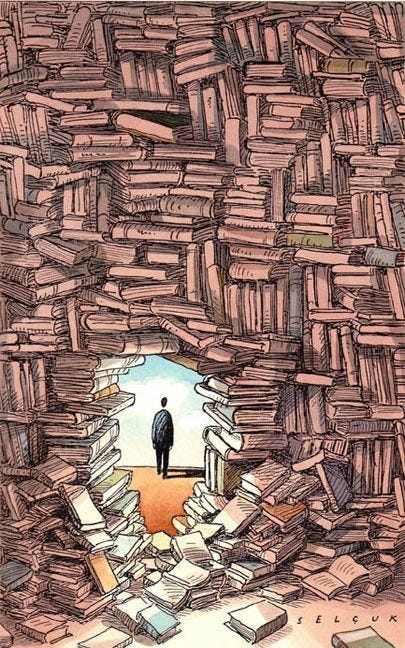Interview with Namita Gokhale , Writer , Publisher and Founder — Director at Jaipur Literature…
About the author :
About the author :
Namita Gokhale is a famous Indian Writer and Publisher. She is the writer of 19 works of fiction and non-fiction. Her latest book ‘Jaipur Journals’ is published by Penguin Random House India under its Viking imprint in January 2020 . It is set against the surroundings of the vibrant Jaipur Literature Festival (also known as Kumbh Mela of Literature) of which she is a Founder - Director.
Her debut novel, Paro: Dreams of Passion, was published in early 1980s. She is also the author of Himalayan Love Story and Lost in Time: Ghatotkacha and the Game of Illusions amongst others.
She also performed the role of advisor for Mountain Echoes, the Bhutan Literature Festival and She is director of Yatra Books, a publishing house which specializes in translation.
She was rewarded with the Centenary National Award for Literature by the Assam Sahitya Sabha in Guwahati in 2017. She won the Sushila Devi Literature Award for her novel Things to Leave Behind in January 2019.
ABOUT THE BOOK : JAIPUR JOURNALS
‘Jaipur Journals’ is set in a literature festival to explore the composing life of writers in the entirety of its unpredictability.
Gokhale accomplishes the unthinkable by going past the speculative chemistry of the festival and driving us to its thumping heart. The purpose of the festival is to continue asking over and over— what does it mean to be a writer? Jaipur Journals explains this question and takes us for a startling journey in its wake.
I bought this book out of naive curiosity one could say ,I felt like I needed to know how a writer is creating a story around this beautiful literary festival. Nobody could have portrayed the story better than her as she is the one taking care of this festival in & out in India and abroad.
With six significant characters in the book the Author has easily and flawlessly wrote down and created a story . From a little youngster who has won a blogging challenge and dropped by JLF , to somebody who has just finished a semi anecdotal novel however doesn’t have the boldness to share it, to somebody who has a story thought in his head ,a robber who is presently a poet , individuals getting danger letters , to ex lovers meeting at the festival. Book goes to and fro in each character’s story and none of the narratives have eclipsed one another.
Gokhale uncovers strings of tension and estrangement that go through the writerly life. In Gokhale’s telling the author’s life is always dual — a mystery life, genuine or envisioned , interestingly with the truth. The author’s uneasiness to be perused and heard is as primal as the human being’s need to be loved and sometimes at odds with it.
Jaipur Journals’ depicts the raw and humble tale of different authors, both established as well as aspiring, who come from various background and areas to the festival. From Rudrani Rana, a 70 something year old writer, who carries her unsubmitted manuscript with her; to 12-year-old author Anura, who is invited to attend the festival; to a historian who reunites with an ex-lover; to a thief who is also a poet — the story is depicted from different perspectives giving it a rich amount of human diversity.
This charming story weaves together stories of self-doubt, battles for acknowledgment, fresh starts , and even redemption. Each story features the numerous layers of human instincts and the feelings writers experience. Most importantly , it tells the story of a writer’s excursion that numerous individuals from the non-literary space don’t know about.
While a few characters in this book may appear to be recognizable, but this is a work of fiction. The story gives a brief look of the lonely existence of writers, which is regularly taken cover behind the sparkle and glitz of artistic gatherings and public appearances. It likewise features the battles of aspiring writers, who wander at literary events in the expectations of getting their work published. This pacey novel is both moving and wryly clever.
If one is fascinated by the small world of writers and what goes on in their finite mass of a brain, their obsession with vocabulary ; this book provides an insights into a world that the writer is most familiar with.
Excerpts from the interview :-
Q1) I have never been to the Jaipur Literature Festival (where the book is set), the place that has become a kind of pilgrimage for writers. However, after reading your work I definitely want to pack my bags, visit Jaipur and inhale an ounce of air filled with Literature. Could you please shed some light to our readers here as to what inspired you to write this book.
Namita: I have been associated with the Jaipur Literature Festival for the last fifteen years, in its early avatar in 2006 and 2007, and then after Teamwork took over the production in 2008. It has had a transformative role in my life, and I have learnt a lot from it. So when a friend suggested that I write a book set around the festival I overcame my initial apprehensions and set about searching those stories that spoke to me.
Q2) This book is literally an ode to an aspiring writers who hustles along with unsubmitted manuscripts in their bags. We common people generally or sometimes does not have the keen eye to understand the beauty of the raw stories until we let our mind submerge into the author’s world. How Jaipur Journals does explores a novelist’s mind?
Namita : Writers process experience — their own and that of others — to draw some patterns and meaning out of the seeming chaos of the lived life. Writing novels is rarely rewarding in terms of money or fame — yet money of us are compelled to share our stories, our common narratives, through the filter of fiction.
Q3) Are the characters in your literature fest novel based on real-life writers?
Namita : The characters in Jaipur Journals are drawn from the thousands of people I encounter, writers and speakers and book lovers . They are entirely drawn from my imagination, except for those I have named and positioned from real life, such as Javed Akhtar and Shashi Tharoor.
Q4) Could you tell our readers about the most intriguing fictional characters — Betaab (a tailor — turned –thief — turned — poet)?
Namita : The germ of the idea came from an actual burglary that happened at home, where someone broke into my bedroom while I was asleep. I spoke to him, asked him what he was doing there. He was a bit startled and disappeared. I spent a lot of time pondering the inner life of that man — we are all thieves at some philosophical level, even the milk we consume is stolen from the cow. The character of Betaab, the poet , emerged from that encounter .
Q5) Writing is done on a very intimate level. I am saying this because it is a solitary activity. — The work is unimaginably hard — as complex as brain surgery, apparently — not to mention the journey of rejection and self-criticism. Writers are deeply lonely. Virginia Woolf has written poignantly about a sense of loneliness which writer experiences, not in solitude, but in company. Even Ernest Hemingway said: Writing, at its best, is a lonely life. … For he does his work alone. Do you agree with them? Is writer’s life really surrounded by the cloud of solitude?
Namita : I’m not surrounded by a cloud of solitude — I live and work in the heart of a joint family, and have an enormous extended family of friends and relatives. I think the lonely writer is perhaps a stereotype at some levels — but it’s to some extent it’s true that writers tend to have a core self that is of an observer, a somewhat detached vision in some things.
Q6) What was your favourite part, and your least favourite part, of the publishing journey?
Namita : It’s all been a part of the journey and I take it in my stride.
Q7) What is the most surprising thing you discovered while writing Jaipur Journals?
Namita : No surprises — rather a constant sense of recognition!
Q8) Writing can be an emotionally draining and stressful pursuit. Any tips for an aspiring/budding millennials or Gen — Z author who have a lot on their mind and also on the same time dealing with the conventional pressures of life but want to leave a great mark in the publishing world.
Namita : The impetus to write does not come from the desire to make a mark on the publishing world — but rather to tell a story, a story that can be told only by you. And every storyteller goes back to a timeless chain, so I don’t really have any handy advice or tips for ‘aspiring /budding millennials or Gen-Z authors’. It must come from within.
This is a book about authors and their composed world, however through that crystal and prism, it is likewise a book about the complexities of human connections and the basic human condition — about people, their inclusive delights and griefs, and in the midst of everything, the waiting chance of redemption.
Jaipur Journals is appropriately captioned “A Love Letter to the Greatest Literary Show on Earth”. It is a book that will definitely resonate with any bibliophile or an avid reader that had the delight of going to the festival. The spinning thrill ride of feelings creators ride upon — hope, yearning and sadness, the persistent battle for acknowledgment, the powerful invigoration of accomplishment and the stony acknowledgment of disappointment, not to overlook the sharp paws of jealousy, all discover their place here. How suitable that a book that celebrates literary fixation ought to be set at the Jaipur Literature Festival — the place that has gotten a sort of journey for writers!
Thank you all for reading and a big thanks to Namita Gokhale for collaborating in today’s post. Hopefully our paths will cross in future whenever i visit JLF. :)
Website : https://namitagokhale.in/
Facebook Page : https://www.facebook.com/Namita-Gokhale-136573113042167/
Instagram Handle : https://www.instagram.com/namitagokhale/
Twitter Handle: https://twitter.com/NamitaGokhale
